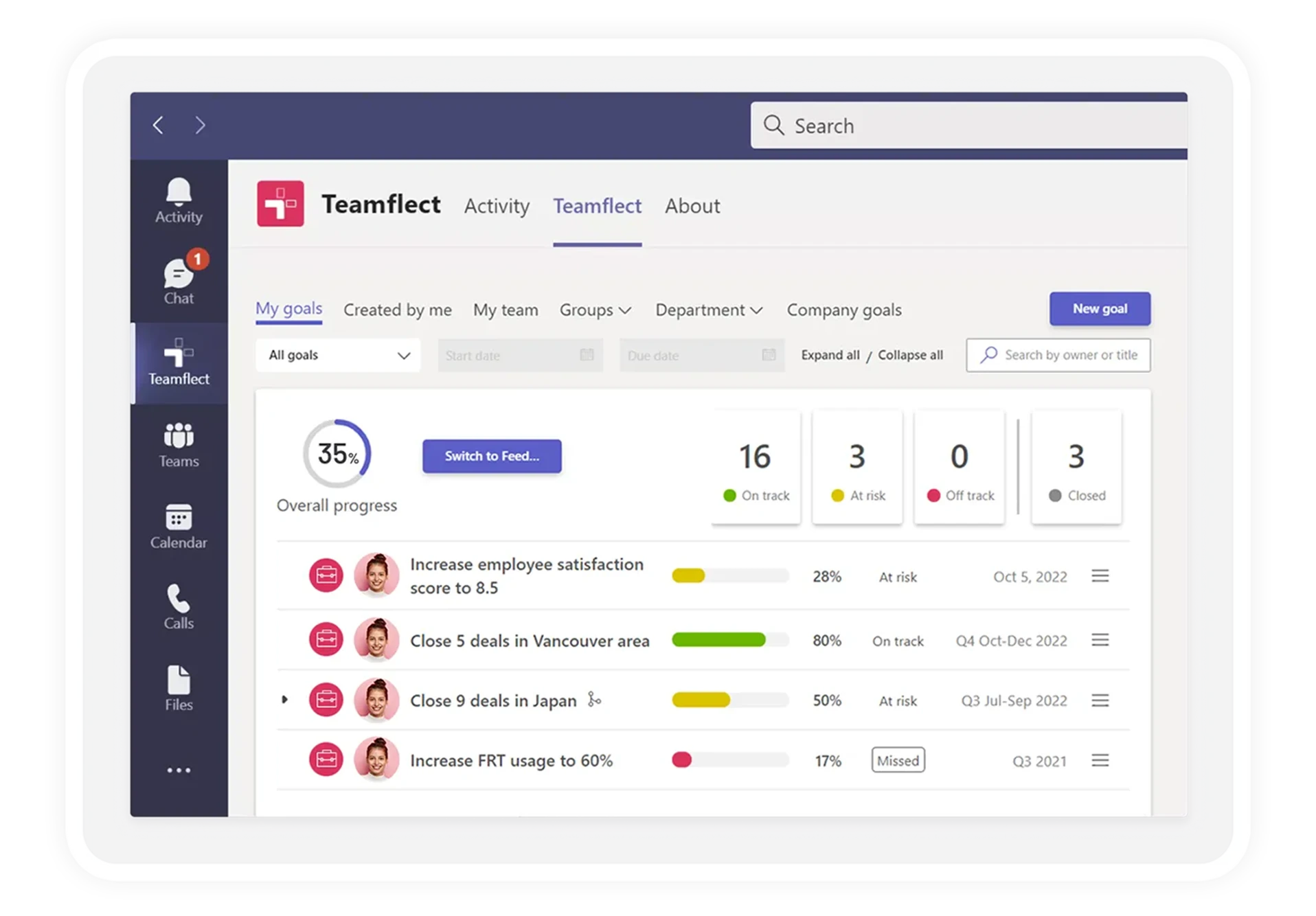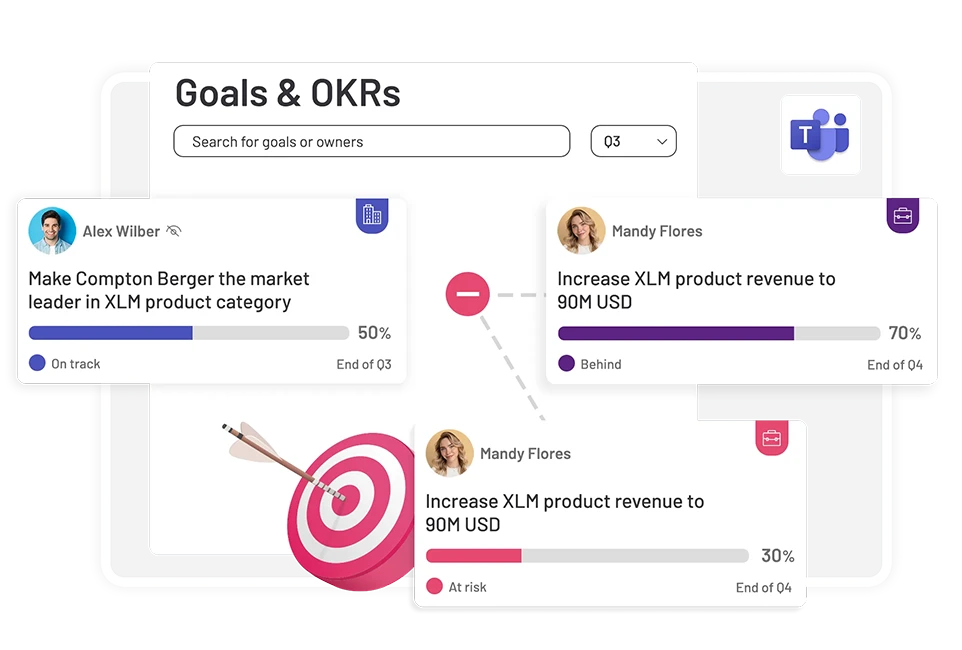Employee performance is a very tricky concept to measure. That is why establishing clear and strong employee performance metrics is incredibly important.
And remember, we are saying this as a performance management blog! These metrics help evaluate the effectiveness and efficiency of employees and provide valuable insight into areas for improvement.
In today’s fast-paced and constantly evolving business world, it’s important to stay ahead of the game and measure performance in a meaningful way.
One thing we have to keep in mind and that we here at the Teamflect blog love pointing out constantly is that employee performance is a marathon and not a sprint. In fact, it is a never-ending marathon where a new sprint is added after each one is finished.
Performance is a process. And a complicated one at that. That is why it should be analyzed as an ongoing process that demands continuous feedback. Measuring such a complicated process requires a soft hand and intricate planning.
One thing to do as a part of that planning is to establish some employee performance metrics to measure performance by. What are good performance metrics? We identified 10 of the most important employee performance metrics in this neat little list for you! Enjoy!
10 Key Employee Performance Metrics
As said above, employee performance is a marathon so you should continuously use these essential metrics to measure employee performance.
Metric 1: Productivity
Productivity, productivity, productivity. It’s the term of the century, and for good reason – a productive employee is a valuable employee. But what exactly is productivity and how do you measure it?
Productivity is a measure of the efficiency and effectiveness of an employee’s work. It can be measured in a variety of ways, including the number of tasks completed and the amount of time spent on each task.
To accurately measure productivity, it’s important to establish clear and achievable goals and objectives, and track progress toward those goals.
Productivity is one of the simplest employee performance metrics to measure and integrate into performance reviews. One of the easiest ways to track employee productivity is to have powerful task software, to keep track of and manage all the tasks.
One thing to keep in mind is that the task software of your choice should be completely in the flow of work and fully integrated into the rest of your tools. For those using Microsoft Teams, the best solution is Teamflect.

Teamflect is a fully integrated, all-in-one performance management solution that lets users keep not only set and keep track of everyone’s tasks, goals, and OKRs, but also feeds that information directly into performance reviews and intelligent Power BI reports so you never miss any key piece of data.



